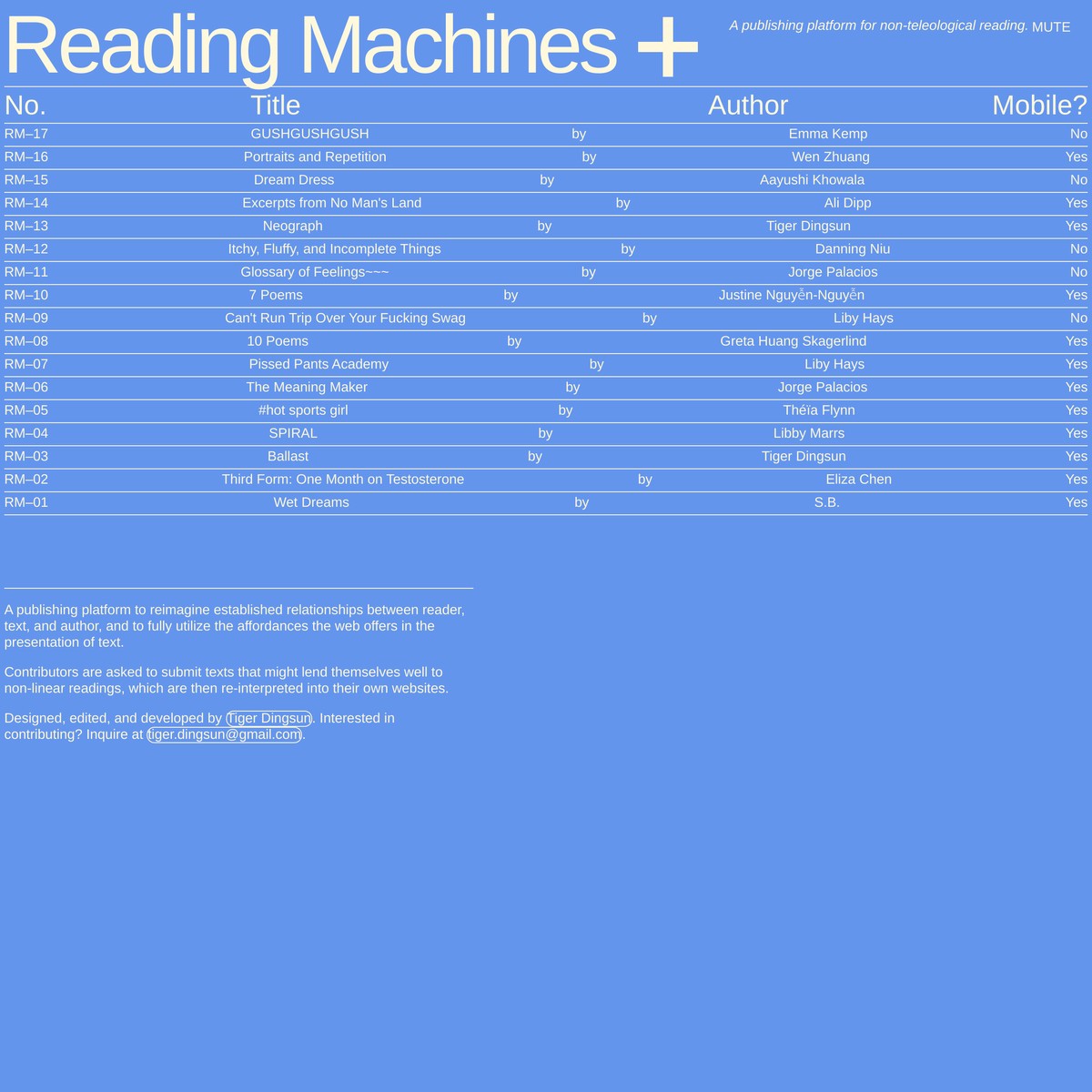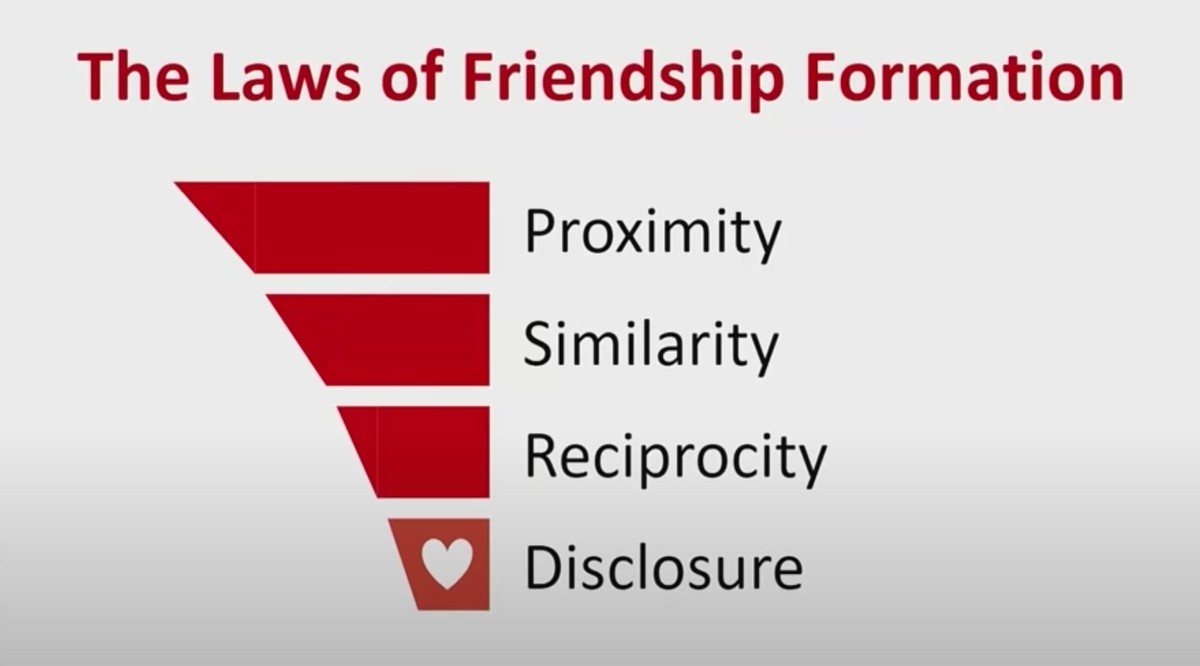syn·site
( a ) neologism: syn-site is a neologism for a contemporary understanding of site as entangled and mutable. It offers legs (utility) for both a part (JF) and a whole (non-zero others).
( b ) gesamtkunstwerk: syn-site is one person's act of tilting at windmills syn-sites as a gesamtkunstwerk.
( c ) smeerp¹: syn-site is calling-a-nonsite-a-smeerp.
( d ) smeerp²: non-site, in turn, was calling-synecdoche-a-smeerp.
( e ) smeerp³: calling a rabbit a smeerp is a problem.
( f ) ...is a stretch...
( g ) ...but art is reaching, stretching, gesturing; is making connections to create constellations.
( h ) some combo synthesis
( i ) related yet sublated-or-other: parasite, hypersite, hyperobject, nonspace, nonplace, site/non-site, synsight, syncite, knotsite, web-site, metaverse, smeerp, tangle.
( a ) neologism: syn-site is a neologism for a contemporary understanding of site as entangled and mutable. It offers legs (utility) for both a part (JF) and a whole (non-zero others).
( b ) gesamtkunstwerk: syn-site is one person's act of tilting at windmills syn-sites as a gesamtkunstwerk.
( c ) smeerp¹: syn-site is calling-a-nonsite-a-smeerp.
( d ) smeerp²: non-site, in turn, was calling-synecdoche-a-smeerp.
( e ) smeerp³: calling a rabbit a smeerp is a problem.
( f ) ...is a stretch...
( g ) ...but art is reaching, stretching, gesturing; is making connections to create constellations.
( h ) some combo synthesis
( i ) related yet sublated-or-other: parasite, hypersite, hyperobject, nonspace, nonplace, site/non-site, synsight, syncite, knotsite, web-site, metaverse, smeerp, tangle.
SYN (along with, at the same time | from Greek SYN, with | ~SYNTHETIC) + SITE (N: point of event, occupied space, internet address; V: to place in position | from Latin SITUS, location, idleness, forgetfulness | ~WEBSITE ¬cite ¬sight), cf. SITE/NON-SITE (from Robert Smithson, A PROVISIONAL THEORY OF NONSITES, 1968)



...it is possible to assert that cyberspace is “just like” real space only if one ignores that cyberspace is peopled by real users who experience cyberspace and real space as different but connected, with acts taken in one having consequences in the other. In all cases, theories of cyberspace as separate space give short shrift to cyberspace as both extension and evolution of everyday spatial practice—as a space neither separate from real space nor simply a continuation of it. That is to say, they ignore both the embodied, situated experience of cyberspace users and the complex interplay between real and digital geographies.
...it is possible to assert that cyberspace is “just like” real space only if one ignores that cyberspace is peopled by real users who experience cyberspace and real space as different but connected, with acts taken in one having consequences in the other. In all cases, theories of cyberspace as separate space give short shrift to cyberspace as both extension and evolution of everyday spatial practice—as a space neither separate from real space nor simply a continuation of it. That is to say, they ignore both the embodied, situated experience of cyberspace users and the complex interplay between real and digital geographies.
...it is possible to assert that cyberspace is “just like” real space only if one ignores that cyberspace is peopled by real users who experience cyberspace and real space as different but connected, with acts taken in one having consequences in the other. In all cases, theories of cyberspace as separate space give short shrift to cyberspace as both extension and evolution of everyday spatial practice—as a space neither separate from real space nor simply a continuation of it. That is to say, they ignore both the embodied, situated experience of cyberspace users and the complex interplay between real and digital geographies.























